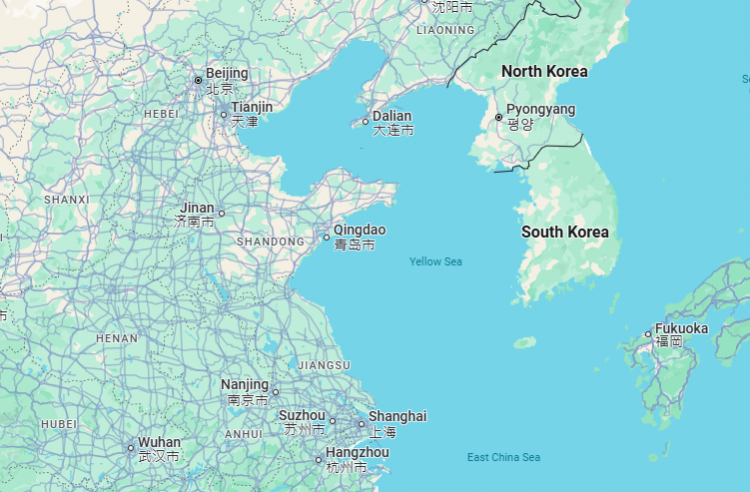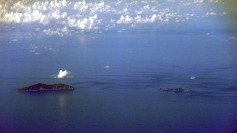A territorial standoff between China and South Korea is intensifying after Beijing installed a large steel structure in the Yellow Sea's Provisional Measures Zone (PMZ), a maritime area where both nations' exclusive economic zones overlap. The disputed installation, revealed in new satellite imagery reviewed by U.S.-based SeaLight, has prompted Seoul to consider deploying a counter-facility and lodge formal protests over what it sees as a creeping shift in regional status quo.
The structure, believed to be a repurposed oil rig known as Atlantic Amsterdam, was installed in 2022 and features a helipad, radome, and capacity for up to 100 personnel, according to the South Korean Ministry of Oceans and Fisheries. Its expansion and continued presence have drawn comparisons to China's island-building efforts in the South China Sea.
"We regard proportional responses as a very serious matter from the perspective of protecting maritime territory, and [our] government will respond jointly at the national level," said Oceans Minister Kang Do-hyung, as quoted by Korea JoongAng Daily. He added that Seoul is reviewing "what type of facility is necessary at which level."
On Monday, Kang reiterated South Korea's position during remarks reported by Radio Free Asia, stating, "We are lodging a strong protest with China through diplomatic means. We regard this issue with the highest seriousness, considering its significance and our commitment to protecting our maritime territory."
The PMZ was established under a 2000 bilateral agreement to avoid direct conflict, permitting only fishing and navigation while negotiations for a permanent boundary remain unresolved. Despite the accord, China has now placed three large steel installations in the zone, including two added in 2023 and the current platform, raising alarms in Seoul.
The Chinese Foreign Ministry defended the installations as aquaculture infrastructure. "The aquaculture facilities set up by Chinese company in the PMZ do not contravene the agreement between China and the ROK," said ministry spokesperson Guo Jiakun. He also stated, "China has provided relevant information and kept communication lines open with the ROK through channels such as the maritime affairs dialogue and cooperation mechanism."
SeaLight, a maritime intelligence initiative affiliated with Stanford University, said the structure is about the size of a football field and 60% wider, equipped with features that suggest it could serve surveillance functions. "South Korean authorities may suspect there is more happening there than just aquaculture, such as signals intelligence operations," said SeaLight Director Ray Powell.
Tensions escalated in February when a South Korean research vessel and coast guard cutter attempting to approach the structure were blocked by Chinese coast guard ships. Ship-tracking data revealed that Chinese vessels repeatedly cut across the Korean ships' bows during a two-hour standoff.
According to reports, the words "Atlantic Amsterdam" are still visible on the platform, originally built in France in 1982 for oil exploration in the Middle East. Though Beijing maintains the facility supports aquaculture operations tied to the Shen Lan 2 Hao project, South Korean officials remain skeptical of its true purpose.






